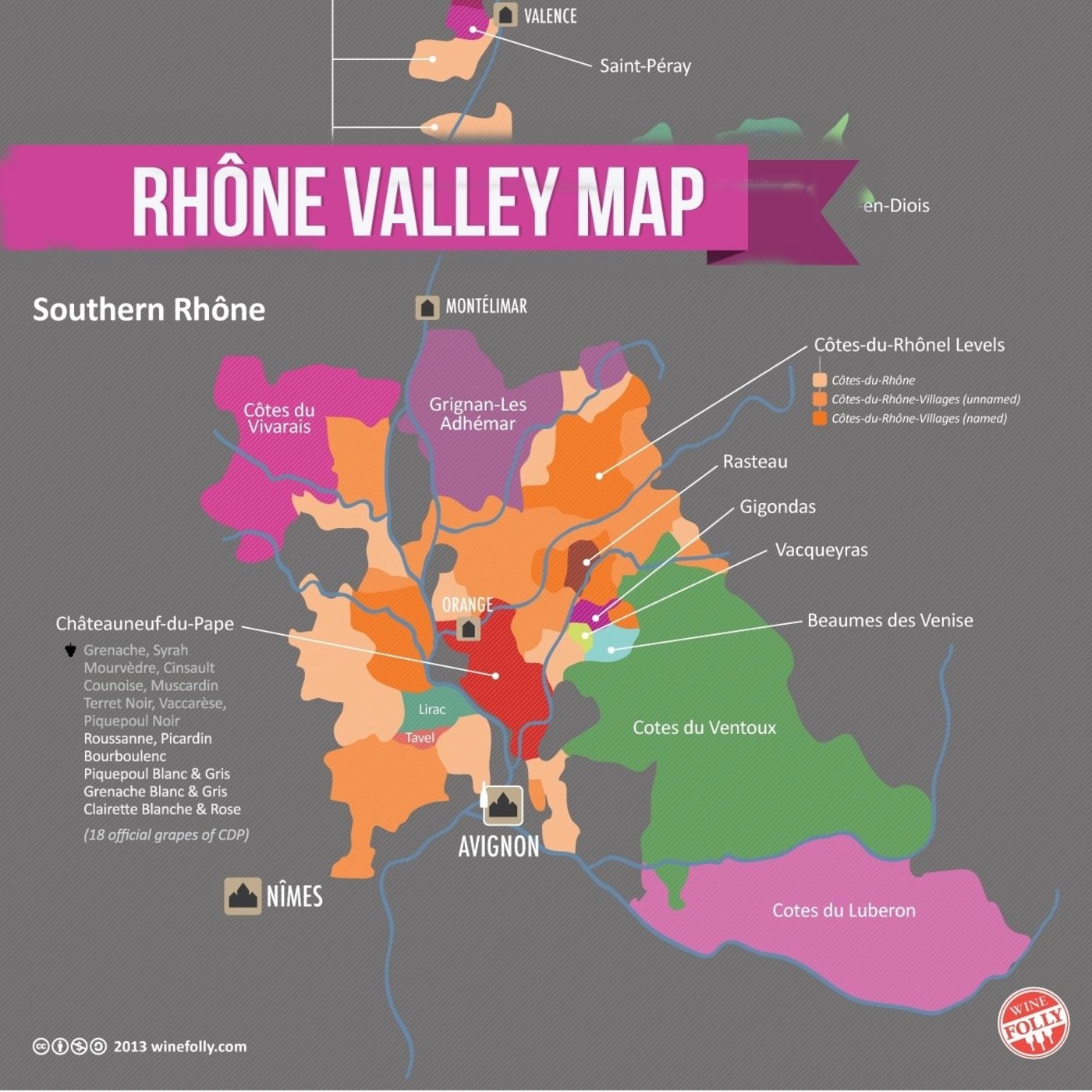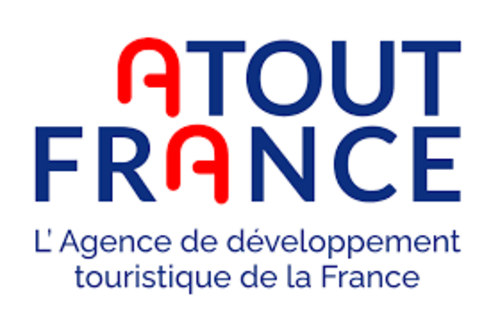Syrah, Grenache and Viognier aficionados dream of visiting the Rhône wine region, as it is the French wine-making region with the most acclaimed wines made from these grapes. The second largest wine-growing region in France and its vineyards thrive on both sides of its namesake river, just south of Lyon. Some Rhône Valley wines are famous world-over, like the renowned Châteauneuf-du-Pape AOC (a blend of up to 13 grape varieties!); the Hermitage AOC -believed to be the highest expression of French Syrah, and the AOCs for fortified wines Beaumes de Venise and Rasteau.
When you visit the area, it is immediately clear that there are two sub-areas with distinct weather characteristics and vinicultural traditions in the Rhône wine region: the Northern Rhône and the Southern Rhône. As you can guess, these differences in climates and soils have a significant impact on the regional terroirs, which translate into diametrically opposed wines depending on where the grapes come from.
A deeper look into both areas will allow for a better understanding of the influence the terroir has on wine:
Northern Rhône
The northern Rhône wine region is quite small (less than 65 kilometers long) and consequently, it only produces a 5% of all the wines from the area, including big names like the Hermitage AOC or the Condrieu AOC, arguably considered the highest expressions of French Syrah and Viogner, respectively.
The northern Rhône wine region’s distinctive landscape is covered in terraced vineyards clinging to steep hillsides: this setup prevents the soil from eroding and helps retain the warmth of the sun, especially over the hot summer months. Its continental weather (with cold winters and year-round rain) has a clear impact on the terroir of the area which results in some very specific aromas present in its wines: smoky, meaty reds (some even say with “bacon” notes) with a floral touch that they get from the white grapes in the assemblage, like Viognier.











